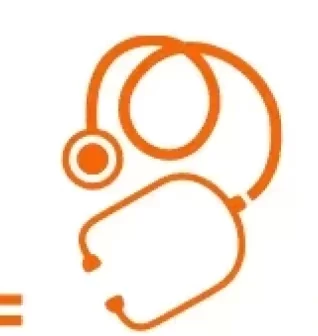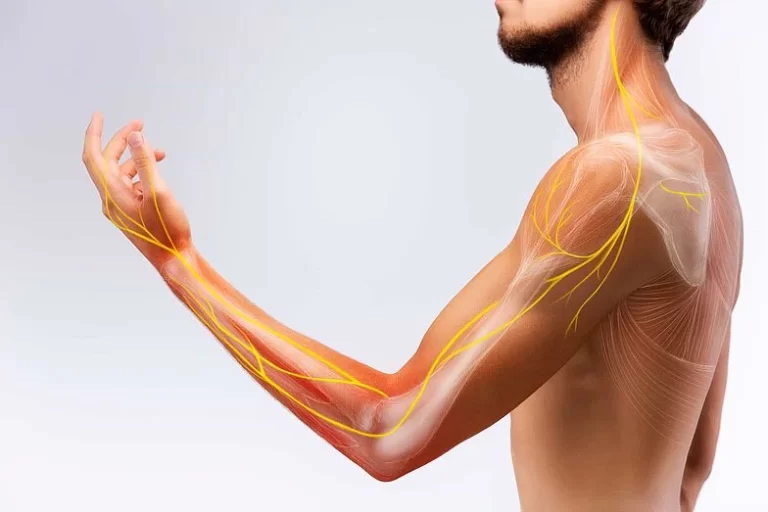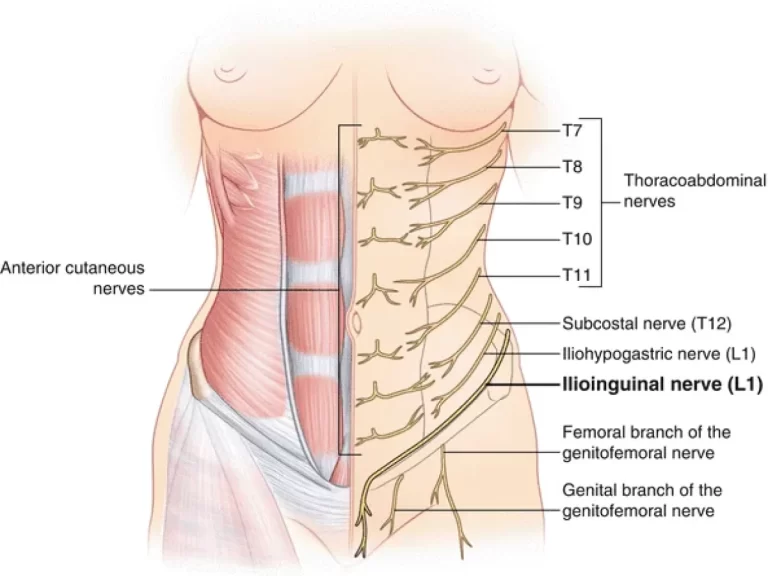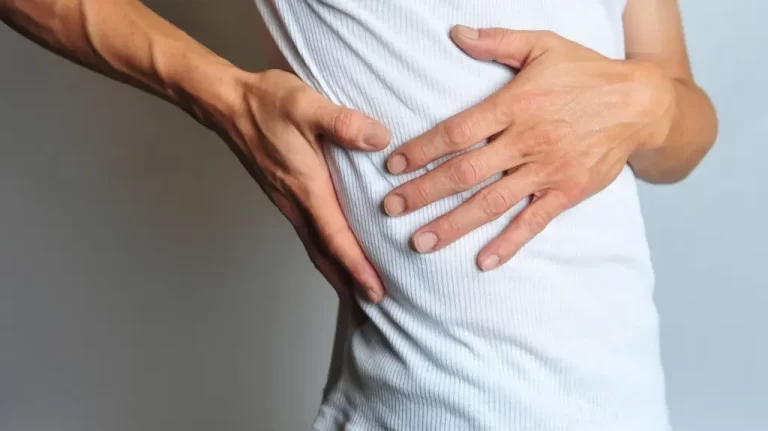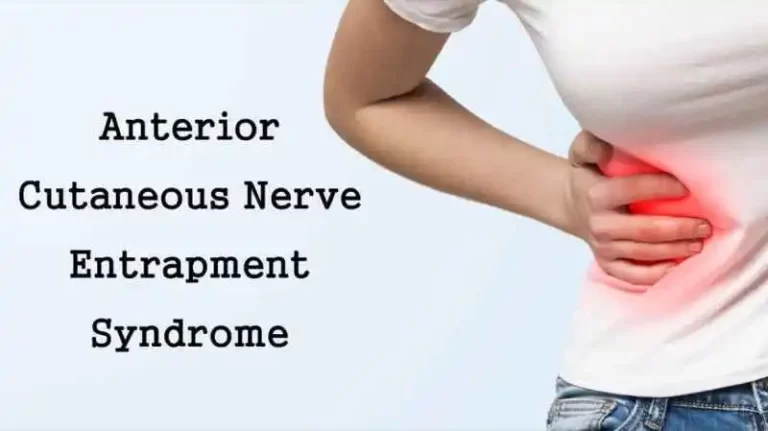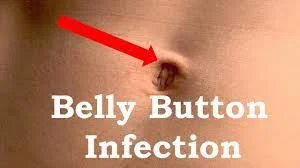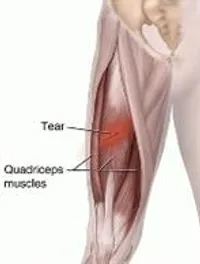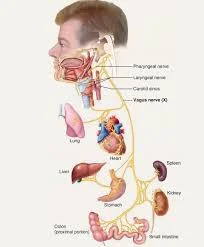Polyneuritis
What is Polyneuritis? The simultaneous inflammation of several peripheral nerves throughout the body is the hallmark of a medical condition known as polyneuritis. Numerous symptoms, including numbness, discomfort, muscle weakness, and loss of reflexes, can be caused by this condition. When these nerves become inflamed, it disrupts normal nerve function, leading to a range of symptoms such…
